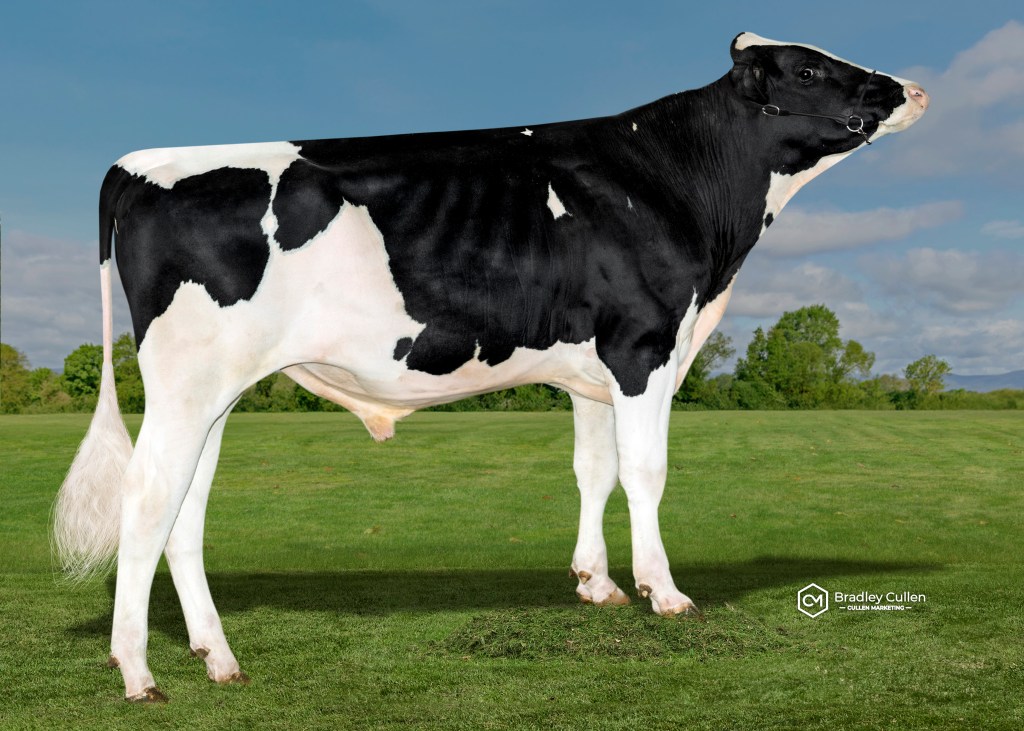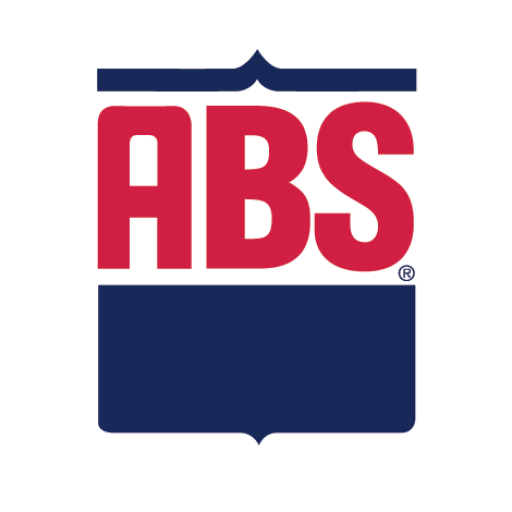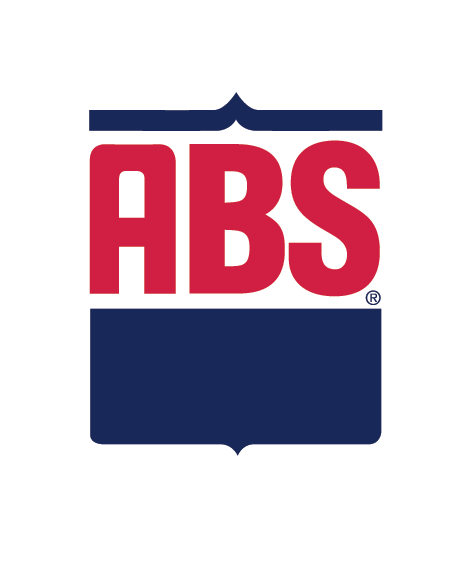HOLSTEIN’S MOST EXCITING BULL – TEDDY D
BREEDING for production, health and cows he simply “likes milking”, Andrew Delaney has delivered the Australian dairy industry one of its most exciting bulls yet.
Teddy D is the first bull into artificial insemination from the Boggy Creek Holstein operation in Western Victoria.
And with breed-leading Daughter Fertility, big milk solids and great type – farmers across the country will enjoy Teddy D offspring in their herds’ as well.
ABS Sales Representative Rex Barry said Teddy D has many traits modern Australian farmers want to improve in their herds.
“Teddy-D is one of the highest genomic bulls available in the Australian dairy industry,” he said.
“He has extreme health traits – his Daughter Fertility is the highest in the breed at 123 – and that is only one of the reasons we took him on as a sire. Teddy D is also one of the highest ASI bulls out there. In simple terms, high ASI equals high production.”
Teddy D’s BPI is 573, he’s 104 for Calving Ease, 236 ASI and 99 for Stature.
“Teddy D is the ideal sire for those herds that are looking to improve Daughter Fertility and Survival without compromising traits such as Calving Ease or production,” Rex explained

Taking a look at Teddy D’s pedigree, there’s no surprises that his health traits are a stand-out.
With a sire stack including many high-end ABS sires, Boggy Creek’s focus on breeding for Daughter Fertility stemmed from Destry – a bull that ranked highly for this trait.
More recently, his dam – Episode 4540 – sired by health and production leader Jeronimo, has been a stand-out for her ideal frame, angle of rib and well-attached udder.
On the dam side of Teddy D’s pedigree are three generations still milking in the Andrew and Jaqui Delaney’s 300-head herd at Nirranda.
Teddy D’s grand-dam is a Taylor, who as a four-year-old, produced more than 10,000 litres and 700 kilograms of milk solids.
Now at more than seven-years-old she’s classified VG89.
Breeding has been a passion of Andrew’s since he was young. Filling out the AI books as a child, he’s grown to learn the impact of genetics on the profitability of a dairy business.
Now, he and Jacqui’s operation is ranked within the top 50 Australian herds on Balanced Performance Index (BPI) in Australia.
Their breeding approach concentrates on selecting high BPI bulls to use in their pasture-based, split calving operation.
While choosing high BPI sires is the biggest priority for the Delaneys, they also make sure they are breeding for high fat and protein as well as deep-body cows with good type, udders, feet and legs.
Or, as Andrew explained, “cows most farmers want”.
Genomic testing has played a huge role in herd breeding decisions in recent years, with Andrew choosing his highest BPI cows and heifers to join to the best quality sexed genetics.
The calves from these animals – all more than 300 BPI – are retained as replacements, while others, which are still high BPI animals, are sold to local farmers.
Andrew and Jacqui breed with sexed genetics across their entire herd, and thanks to their high BPI operation, sell replacement heifers to diversify their income.
Looking ahead, they will soon lift the 300 BPI cut-off to 350 BPI for cows and heifers joined to premium sexed genetics, while they will not retain any heifers less than 400 BPI.
Increasing the BPI threshold is one way the Delaney family makes sure genetic gains remain a priority in their business.
Andrew takes pride in the fact he milks every day and said having a great herd of cows makes that easier.
“If we had an ordinary herd of cows, I don’t think they’d be that flash to turn up too, but I don’t mind turning up with a reasonably good herd of cows that are not too much trouble,” he said.
“For example, we’ve just finished calving and our cell count is now at 70,000cells/ml. Got to be happy with that.”

